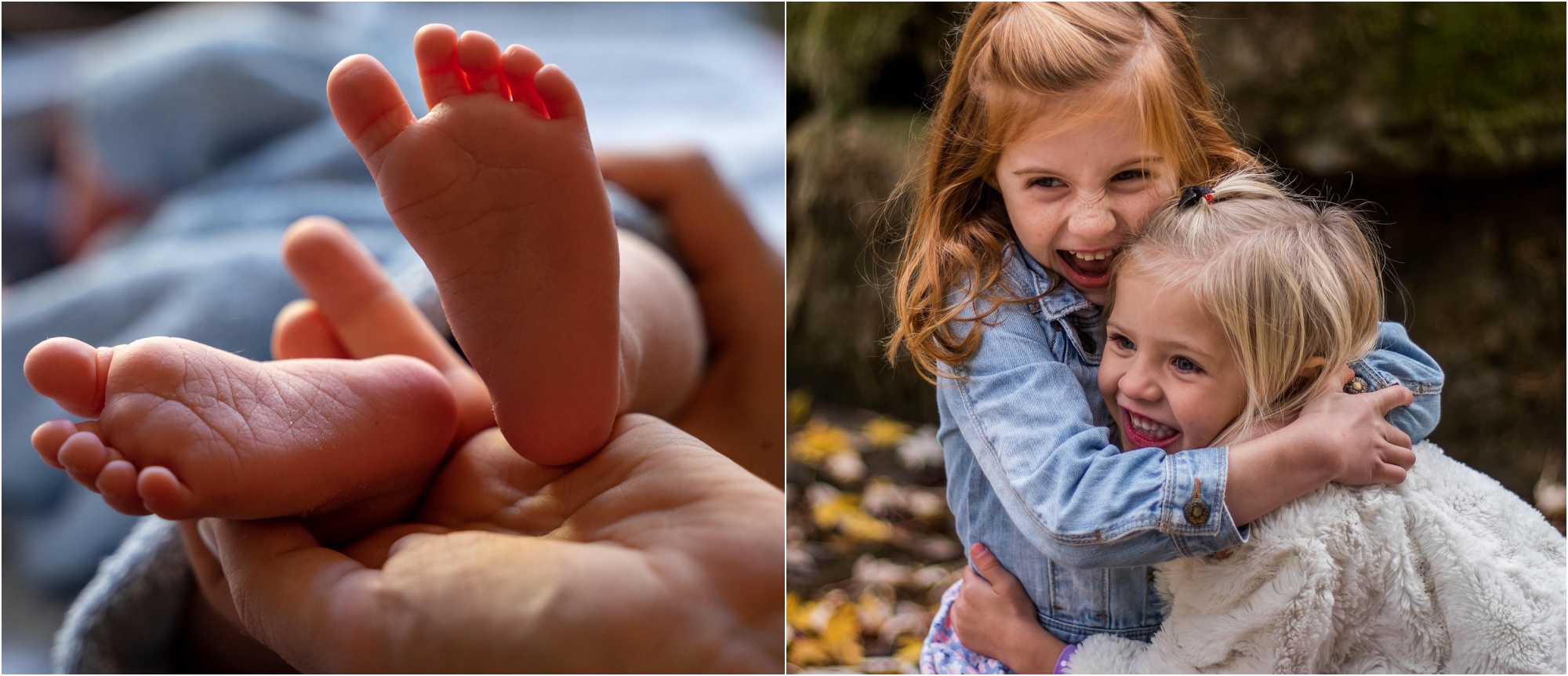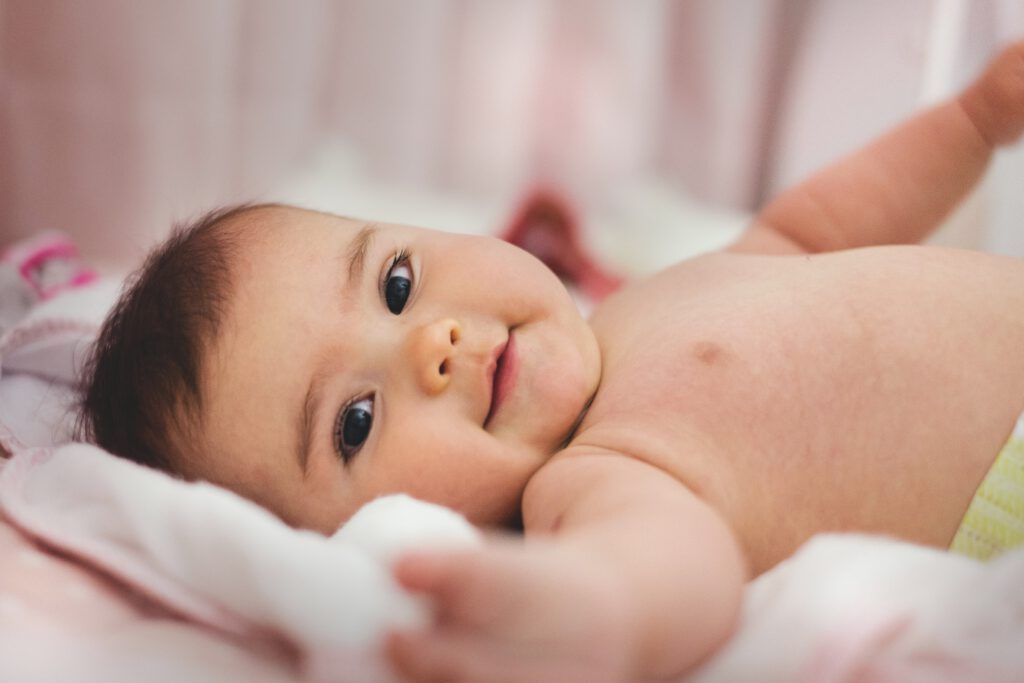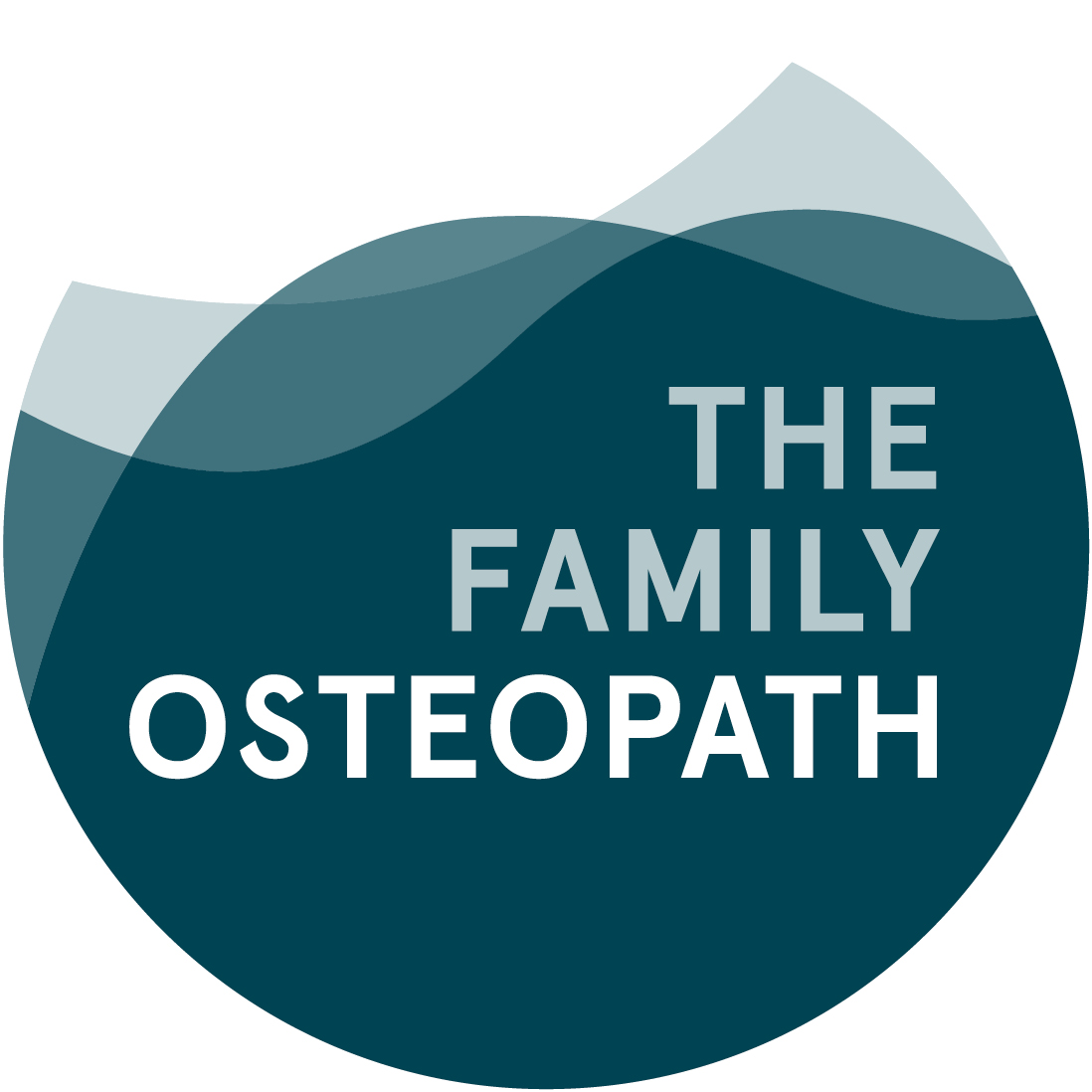BABYS & Children
In good hands, right from the start

CHILDREN’S OSTEOPATHIE
BABYS
The birth of a child is probably one of the most beautiful things in life. Nevertheless, it should not be forgotten that the birth process is associated with great psychological and physical stress for both the mother and the child’s delicate body.
Experience has shown that particularly long, difficult births, as well as very rapid births, can lead to tension and deformation. It can happen that skull bones shift or blockages in the spine develop.
It is important that your child is able to develop good motor and sensory skills and that tensions and shifts are harmonized again.
As the treatment techniques used in pediatric osteopathy are specific and age-appropriate, treatment can begin immediately after birth. In this sense, there is no such thing as “too early” for osteopathic treatment.

Parents’ concerns about babies are frequent:
- Crooked neck/postural imbalances
- Cry babies
- Sucking and swallowing disorders
- KISS syndrome
- Preferred postures of the head
- Tendency to overextend
- Digestive problems
- Cranial deformities (with and without helmet fitting)
- Hip dysplasia
- Generell restlessness
- Sleep disturbances
- ENT problems
CHILDREN AND YOUTH
Especially during important developmental periods, osteopathic treatment of children in a holistic sense can extend and complement the medical treatment of various ailments. This is especially true during the first two years of life, between the ages of 5 and 7, and during the rapid growth of puberty.

The concerns of young patients are:
- Skull deformities (including accompanying children wearing helmets)
- Sensorimotor developmental abnormalities with delayed straightening
- Preference for one side of the body
- Early childhood perception, attention and coordination disorders
- Hyperactivity in young children
- ADHD
- School children with learning difficulties
- Lack of concentration
- Poor posture with inadequate postural control
- Postural asymmetries
- Scolioses
- Abnormalities in gait dynamics
- Respiratory diseases
- Presbyopia/glasses care
